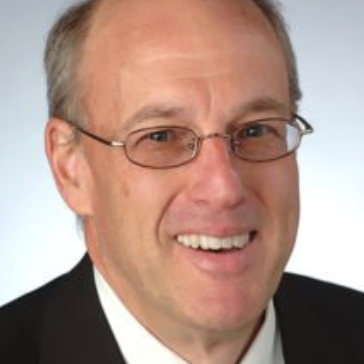 Charles Driscoll
Charles Driscoll
University Professor of Environmental Systems and Distinguished Professor, Department of Civil and Environmental Engineering, College of Engineering and Computer Science, Syracuse University
See a list of Professor Driscoll’s published research
Project
Professor Driscoll is measuring atmospheric deposition—the chemicals reaching the Earth through rain and air—in Central New York, comparing sites in urban Syracuse, including the SyracuseCoE green roof, with rural Skaneateles.
Backstory
The Syracuse project is an offshoot of Driscoll’s long-standing research on the effects of acid and mercury deposition and climate change on forest, aquatic, and coastal ecosystems in the Northeast and elsewhere. Driscoll also recently began collaborating with researchers at Boston University who are taking similar measurements in Boston, to develop models to evaluate how urban landscapes are different from rural landscapes in responding to climate change and urban air pollution. He’s also sharing information with the National Atmospheric Deposition Program, which is increasing its research focus on urban areas.
Nuts and Bolts
Driscoll began measuring atmospheric deposition at the SyracuseCoE headquarters in 2011. Last year, he added additional sites in Syracuse to compare levels and patterns of contaminants over the course of the year. He’s also assessing the function of the SyracuseCoE green roof in terms of its ability to retain water, nutrients, and trace metals. “We measure many more chemicals than is routine,” Driscoll says. Because there have been few measurements taken in urban areas and some of these chemicals are not typically measured, Driscoll believes some of the patterns found in Syracuse have never before been reported. As an additional comparison, he established a testing station in Skaneateles identical to the one at SyracuseCoE.
What He’s Found
Not surprisingly, overall air pollution levels in Syracuse are higher than those in Skaneateles, significantly impacted by highway auto emissions, construction activities, and road salt. But there were chemicals with higher levels in the rural setting, including phosphorus. “There are harmful algal blooms in Skaneateles Lake that people think are driven by inputs of phosphorus. We think the phosphorus we’re measuring is going to be a large input to the lake,” he says. “We learn things from these measurements that stimulate interest in new areas that we didn’t really intend.”
SyracuseCoE Impact
Driscoll’s project has been funded over four rounds of the Faculty Fellows Program. In addition to research funding, the SyracuseCoE green roof provides a world-class research environment. “There’s a lot of interest in green infrastructure, and the SyracuseCoE green roof is a Cadillac roof,” he says. “I don’t think there’s a green roof in the world that outperforms it.”
Practical Application
Few studies have been done of atmospheric deposition in urban areas. “If we’re interested in thinking about urban areas as landscapes, it’s nice to know what’s coming into the system and helpful to know how the landscape functions,” he says.
